Space travel has always captivated human imagination. From the first moon landing to continuous missions to Mars, the advancements in space technology have been nothing short of extraordinary. However, the future of space travel promises even more remarkable developments. This article delves into the exciting prospects of space travel, exploring commercial opportunities, technological advancements, and the quest for new frontiers.
The Rise of Commercial Space Travel
Space Tourism Opportunities
The concept of space tourism is no longer a distant dream. Companies like SpaceX, Blue Origin, and Virgin Galactic are pioneering efforts to make space accessible to private individuals. These companies offer suborbital and orbital flights, providing civilians with the chance to experience the marvels of space firsthand.
Space tourism promises a revolutionary shift in how we perceive and utilize space. Imagine floating in zero gravity, witnessing the curvature of the Earth, and experiencing the darkness of space peppered with distant stars. These experiences, once reserved for astronauts, will soon be accessible to anyone willing to pay the price. However, space tourism is not just about the thrill. It can foster a greater appreciation for our planet and the need to protect it.
Key benefits of space tourism include:
- Unique Experiences: Travelers can witness Earth from space, enjoy zero gravity, and partake in activities previously reserved for astronauts.
- Market Growth: The space tourism industry is expected to grow exponentially, contributing to the broader space economy.
Private Space Companies
The role of private space companies extends beyond tourism. These enterprises are crucial in driving innovation, reducing costs, and increasing the frequency of space missions. SpaceX’s reusable rockets, for example, have revolutionized space travel by significantly cutting down launch expenses.
The competition among private space companies is fierce, leading to rapid technological advancements. Companies like Blue Origin are developing rockets that can take off and land vertically, aiming for sustainability and cost-effectiveness. Meanwhile, Virgin Galactic focuses on suborbital flights, providing a more accessible entry point for space tourism.
Private companies are also partnering with national space agencies to support deep space missions. For instance, SpaceX’s collaboration with NASA aims to return humans to the Moon and eventually reach Mars. These partnerships highlight the pivotal role private companies play in expanding our reach in the solar system.
Challenges and Regulations
Despite the excitement, commercial space travel faces numerous challenges:
- Safety: Ensuring the safety of passengers is paramount. Rigorous testing and certification processes are necessary to minimize risks.
- Regulation: Developing comprehensive international regulations to manage space traffic and ensure responsible behavior in space. Space law must evolve to address issues like space debris, property rights, and planetary protection.
Governments and international bodies must work together to create a robust legal framework. The Outer Space Treaty, signed in 1967, is the foundation of space law, but it needs updates to address modern challenges. New regulations should balance fostering innovation with ensuring safety and sustainability in space activities.
Exploring Beyond Mars

Journey to the Outer Planets
NASA, ESA, and other space agencies are planning missions to the outer planets, including Jupiter, Saturn, and their moons. These missions aim to study the planets’ atmospheres, magnetic fields, and potential for supporting life.
Exploring the outer planets presents unique challenges and opportunities. For example, Jupiter’s moon Europa is believed to have a subsurface ocean beneath its icy crust, making it a prime candidate for the search for extraterrestrial life. NASA’s Europa Clipper mission, set to launch in the 2020s, will conduct detailed reconnaissance of Europa’s ice shell and underlying ocean.
Saturn’s moon Titan, with its dense atmosphere and liquid methane lakes, offers another intriguing destination. The Dragonfly mission, a rotorcraft lander, will explore Titan’s surface and study its prebiotic chemistry, potentially revealing the building blocks of life.
Missions to Asteroids
Asteroids are not only scientifically interesting but also hold vast resources. Missions like NASA’s OSIRIS-REx aim to collect samples from asteroids, providing insights into the early solar system and potential mining opportunities.
Asteroids, composed of metals and water ice, could serve as refueling stations or sources of materials for building structures in space. For instance, the asteroid 16 Psyche, located in the asteroid belt, is thought to be composed largely of metallic iron and nickel, similar to Earth’s core. Mining such an asteroid could provide raw materials for space construction, reducing the need to launch everything from Earth.
The success of OSIRIS-REx in collecting samples from the asteroid Bennu demonstrates the feasibility of asteroid mining. Future missions will focus on developing technologies for extracting and processing these resources, making space mining a cornerstone of sustainable space exploration.
Interstellar Travel Concepts
While still theoretical, concepts for interstellar travel are being developed. These include:
- Warp Drives: Theoretical propulsion systems that could enable faster-than-light travel. Inspired by Einstein’s theory of relativity, warp drives would involve manipulating space-time to allow a spacecraft to travel faster than light without violating physical laws.
- Generation Ships: Spacecraft designed for long-duration voyages, spanning multiple human generations. These ships would need to be self-sustaining, with systems for food production, waste recycling, and social stability.
Interstellar travel remains a distant goal, but research in physics and engineering continues to explore possibilities. The Breakthrough Starshot initiative, for instance, aims to develop tiny, light-powered spacecraft that could reach the Alpha Centauri star system within a human lifetime. These probes, propelled by powerful lasers, could travel at a significant fraction of the speed of light, opening the door to exploring other star systems.
Sustainable Space Exploration
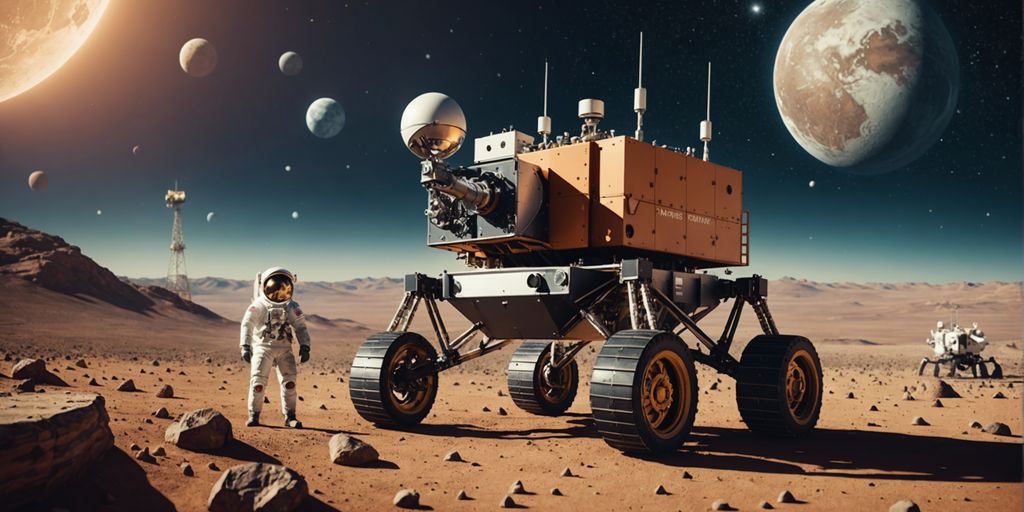
Resource Utilization in Space
Sustainable space exploration involves utilizing resources found in space. In-situ resource utilization (ISRU) techniques allow astronauts to use materials from the Moon, Mars, and asteroids to build habitats, produce water, and generate fuel.
For example, the Moon’s surface is rich in regolith, which can be processed to extract oxygen and metals. Mars has abundant water ice, which can be used for drinking water, oxygen production, and hydrogen fuel. ISRU reduces the dependency on Earth supplies, lowering costs and enabling longer missions.
Environmental Impact of Space Activities
Minimizing the environmental impact of space launches is critical. Efforts are underway to develop greener propulsion systems and to manage space debris, ensuring that space activities do not harm Earth’s environment or create hazardous conditions in space.
Space agencies and private companies are investing in environmentally friendly technologies. For instance, Blue Origin’s BE-4 engine uses liquid natural gas, which produces fewer pollutants compared to traditional rocket fuels. Additionally, initiatives like the ClearSpace-1 mission aim to remove space debris, ensuring that Earth’s orbit remains navigable for future missions.
Long-Term Habitats in Space
Developing long-term habitats in space is essential for sustained human presence. Concepts such as space stations in orbit, lunar bases, and Martian colonies are being explored to provide safe living conditions for astronauts over extended periods.
The Lunar Gateway, a planned space station orbiting the Moon, will serve as a staging point for lunar exploration and missions to Mars. It will provide a habitat for astronauts, research laboratories, and a docking station for spacecraft. Mars habitats will need to be shielded from radiation, self-sustaining, and capable of supporting human life for extended periods. Technologies like 3D printing will play a crucial role in constructing these habitats using local materials.
Advancements in Propulsion Systems
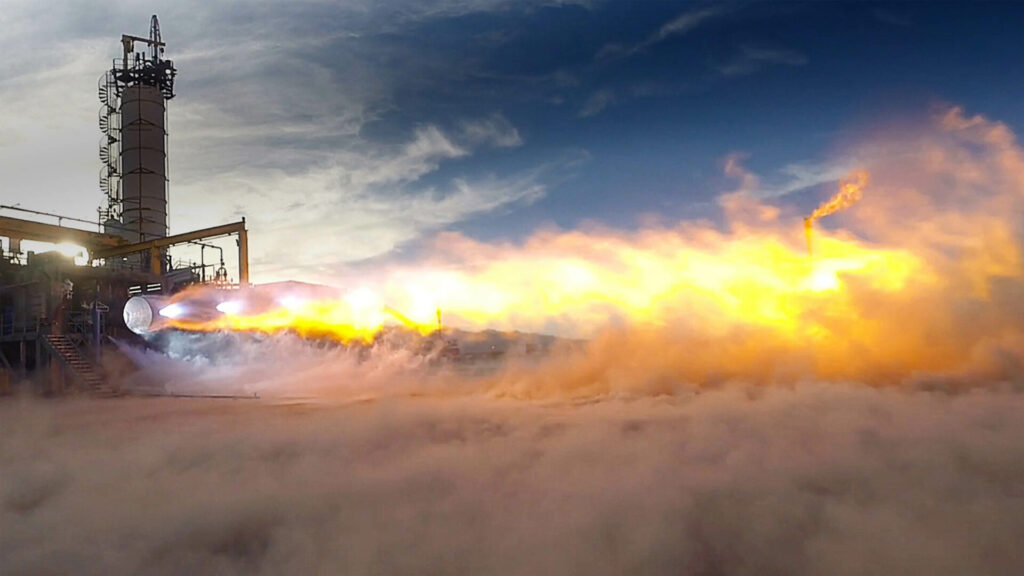
Ion Propulsion Technology
Ion propulsion systems offer greater efficiency for deep-space missions. These engines use electric fields to accelerate ions, providing continuous thrust over long durations. The Dawn spacecraft, which used ion propulsion, successfully explored the asteroid Vesta and the dwarf planet Ceres, demonstrating the technology’s potential for extended missions.
Nuclear Propulsion Concepts
Nuclear thermal and nuclear electric propulsion systems promise faster travel times and more efficient missions. By harnessing nuclear reactions, these technologies could enable quicker journeys to Mars and beyond. NASA’s nuclear thermal propulsion concept involves heating hydrogen with a nuclear reactor, producing thrust more efficiently than chemical rockets.
Solar Sail Innovations
Solar sails, which use the pressure of sunlight for propulsion, offer a fuel-free method of travel. This technology is ideal for long-duration missions where carrying large amounts of fuel is impractical. The Planetary Society’s LightSail 2 mission demonstrated the potential of solar sails by successfully navigating Earth orbit using sunlight alone.
Space Colonization Prospects
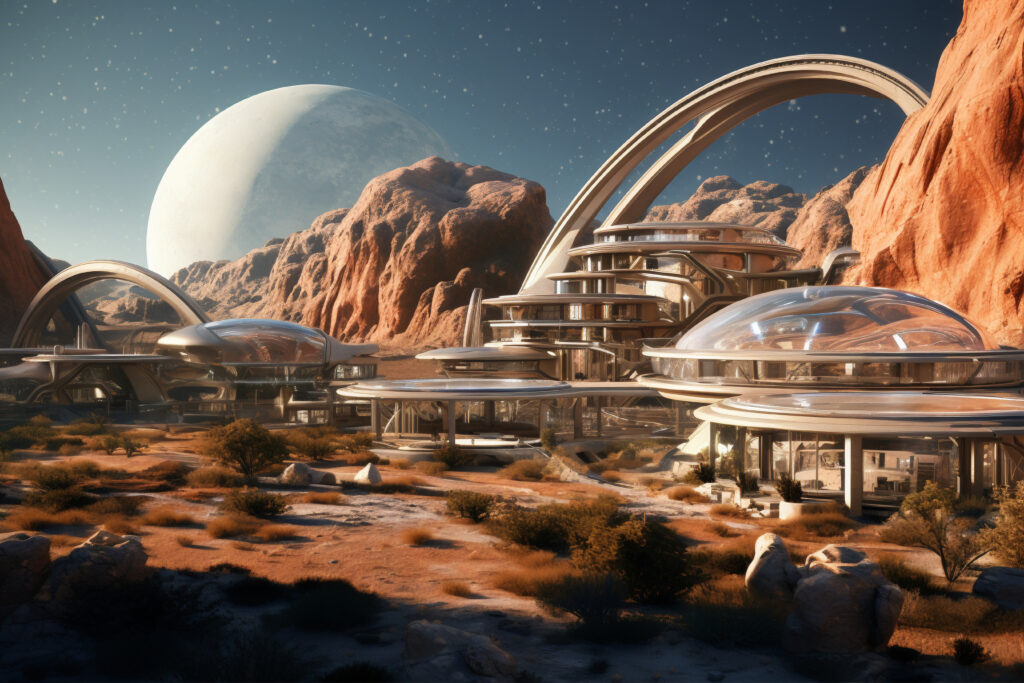
Mars Colonization Initiatives
Elon Musk’s vision of a Martian colony is gradually becoming a reality. SpaceX’s Starship is designed to transport humans to Mars, where efforts will focus on building sustainable habitats, producing food, and generating energy. The challenges are immense, including radiation protection, life support systems, and the psychological impact of living on another planet.
Orbital Habitats Development
Space habitats orbiting Earth or other celestial bodies could serve as hubs for scientific research and commercial activities. These habitats would provide a controlled environment for long-term living and working in space. Concepts like O’Neill cylinders, massive rotating habitats, could house thousands of people and create artificial gravity through rotation.
Terraforming Possibilities
Terraforming, the process of modifying a planet’s environment to make it habitable, is a long-term goal. Although currently theoretical, concepts include altering Mars’ atmosphere to support human life. This could involve releasing greenhouse gases to warm the planet, creating a thicker atmosphere, and introducing photosynthetic organisms to produce oxygen.
The Role of Artificial Intelligence in Space
Autonomous Spacecraft Operations
AI is revolutionizing space exploration. Autonomous systems can navigate spacecraft, conduct repairs, and manage resources without human intervention, making missions more efficient and safer. NASA’s Mars rovers use AI to navigate the Martian terrain, identify scientific targets, and perform tasks autonomously.
AI for Space Exploration Planning
AI algorithms can analyze vast amounts of data to plan missions, select landing sites, and optimize travel routes. This technology enhances decision-making and mission success rates. AI tools are also used to process data from telescopes and space probes, accelerating the discovery of new celestial objects and phenomena.
Robotics in Extraterrestrial Environments
Robotic systems are essential for exploring harsh environments. Rovers on Mars and robotic arms on the ISS perform tasks that are too dangerous or impractical for humans. Future missions will deploy more advanced robots, such as humanoid robots capable of performing complex tasks in cooperation with human astronauts.
Space Mining and Its Potential
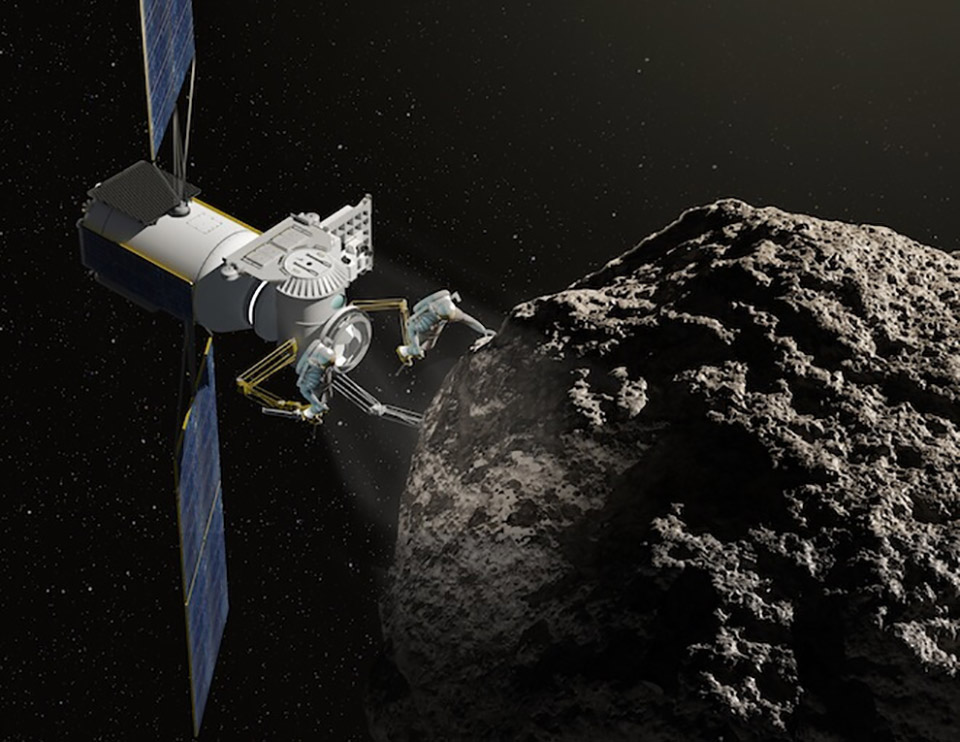
Lunar Mining Operations
The Moon is rich in resources like Helium-3, water ice, and rare Earth elements. Mining these resources could support lunar bases and provide materials for further space exploration. Helium-3, for instance, could be used in future nuclear fusion reactors, providing a powerful and clean energy source.
Asteroid Mining Ventures
Asteroids contain valuable metals such as platinum and gold. Companies are developing technologies to mine asteroids, potentially creating a trillion-dollar industry. Spacecraft like NASA’s Psyche mission, which aims to explore a metal-rich asteroid, will provide insights into the feasibility and profitability of asteroid mining.
Economic Viability of Space Resources
Space mining could drive economic growth by providing new materials and reducing the cost of space missions. However, it requires significant investment and technological advances. The development of a space economy will depend on innovations in mining technology, international regulations, and the establishment of markets for space-derived materials.
Challenges of Deep Space Exploration
Radiation Protection Strategies
Radiation in space poses a significant risk to astronauts. Developing effective shielding and medical countermeasures is crucial for long-duration missions. Current strategies include using water or other materials to shield habitats and developing pharmaceuticals that can mitigate radiation damage.
Psychological Effects of Long-Duration Missions
Isolation and confinement can impact astronauts’ mental health. Providing psychological support and designing habitats to enhance well-being are essential. Future missions may incorporate virtual reality environments, social connectivity tools, and recreational activities to support mental health.
Communication Delays in Interstellar Travel
As spacecraft travel farther from Earth, communication delays increase. Developing autonomous systems and improving communication technology are necessary to manage these delays. Technologies like quantum communication could eventually enable faster-than-light information transfer, mitigating some of these challenges.
The Quest for Exoplanet Discovery
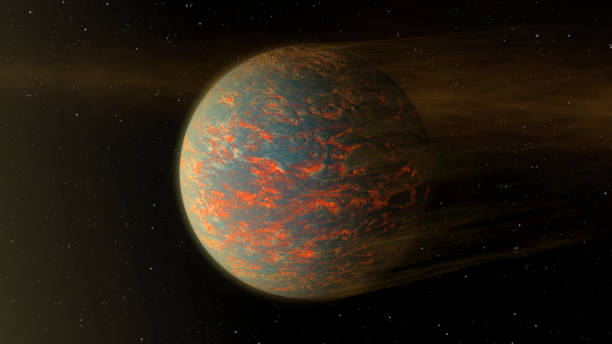
Search for Habitable Exoplanets
Discovering habitable exoplanets is a key goal. Advanced telescopes and space missions aim to identify Earth-like planets in other star systems. Missions like NASA’s Kepler and TESS have already identified thousands of exoplanets, some of which reside in the habitable zone of their stars.
Technological Tools for Exoplanet Detection
Techniques like transit photometry and radial velocity are used to detect exoplanets. Future missions will employ more sophisticated methods to find smaller, Earth-sized planets. The James Webb Space Telescope (JWST) and the European Space Agency’s ARIEL mission will play crucial roles in studying exoplanet atmospheres and potential biosignatures.
Exoplanet Atmosphere Studies
Analyzing the atmospheres of exoplanets can reveal their composition and potential for supporting life. Spectroscopy is a critical tool for these studies. By analyzing the light passing through or reflected by an exoplanet’s atmosphere, scientists can detect the presence of gases like oxygen, methane, and water vapor, which are indicators of biological activity.
Conclusion
The future of space travel is filled with limitless possibilities. From commercial space tourism to the colonization of Mars and beyond, humanity is on the brink of a new era of exploration. As technology advances and international collaborations strengthen, the dream of making space a part of everyday life becomes ever more attainable. The continuous development in propulsion systems, AI integration, sustainable practices, and resource utilization will pave the way for humanity’s extended presence in the cosmos.
Stay updated with the latest developments in space travel by joining our facebook community. Join the conversation on social media and share your thoughts on the future of space exploration. Together, we can reach for the stars!
